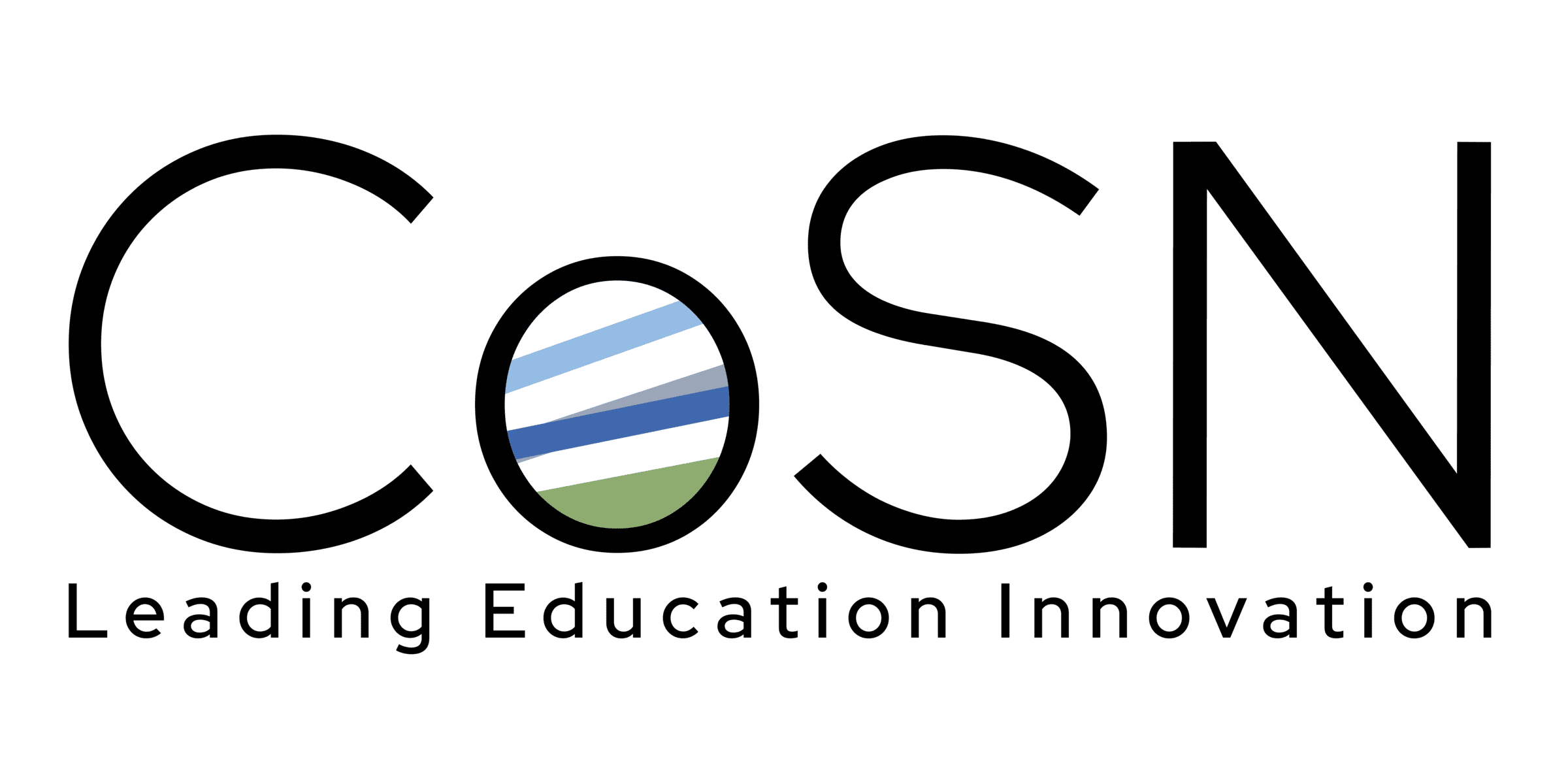Preparation and Progress
Introduction
K-12 schools are designed for social AND professional induction. They aim to teach concrete skills that can be used in the workforce while simultaneously fostering socio-emotional growth. The concrete skills that students need to learn, however, have become progressively more difficult to narrow down. The rise of generative artificial intelligence, the ubiquity of screens, and the wide range of new digital workplace skills have altered the curricular expectations for educational organizations. Furthermore, a rapidly-changing technological landscape may call into question some assumptions we make about traditional subjects and curricula. What do we need to teach, and how should we teach it?
Flexibility/Preparation for the Unknown
We have moved beyond the once-prolific category of “twenty-first century skills.” Not only do modern children understand how to use computers, their childhoods have been defined by an unprecedented access to digital spaces. There was no need to acclimatize; their ability to use technology came as naturally as their ability to walk. Meanwhile, over the past five years, tech applications in the workplace have evolved (World Economic Forum, 2025). Though it has been said plenty of times before, it bears repeating: the rise in automation/artificial intelligence will transform work in ways that are, as of now, unseen and unpredictable. Students knowing how to use computers is not enough preparation for this great unknown. Workforce development in 2025 will require K-12 students to learn skills that may never be used in a professional setting.
The Role of K-12 Schools
We may need to view technological pedagogies like we view K-12 writing courses. Most people do not write five paragraph essays for a living. The five paragraph essay, though, is not anachronistic. We use it NOT as a way to build a marketable skill, we use it to help foster critical thinking and argumentative reasoning. It is an avenue for an amorphous, but important, skill for students to learn. Educational technologies can be viewed in the same way. If we use these technologies to help students remain flexible and knowledgeable about tech use more broadly, they will be better prepared for the inevitable adoption of new digital workforce skills in the future. We are not teaching the skill itself, we are teaching the flexibility.
Conclusion
The idea of “workforce development” is both critically important and fundamentally impossible. We do not know what students will need because K-12 institutions cannot possibly keep pace with the expectations of the workforce. It is their responsibility, however, to remain attentive to technological trends and create circumstances that allow students to easily adopt what may come. Furthermore, schools can (and SHOULD) try to impart a core message of balance and digital literacy so that students have a greater understanding of the technologies they use both in and out of the workplace.
Citations
World Economic Forum. (2025). The Future of Jobs Report 2025
Author: Cooper Sved, 2025 Blaschke Fellow
This blog is part of a series preceding the publication of the 2025 Blaschke Report. Read the entire series:
“What Does ‘Screen Time’ Mean, Anyway?”
Children, Screens, and Parent Perspectives
Cell Phones, Schools, and Solutions
EdTech and Professional Development


